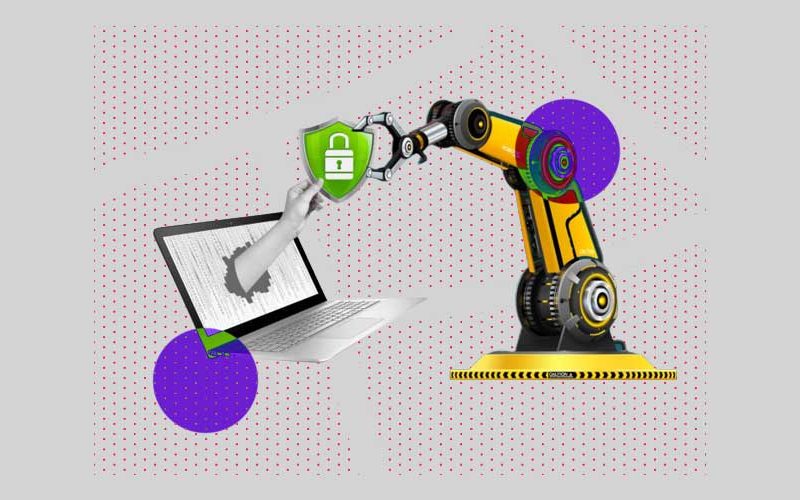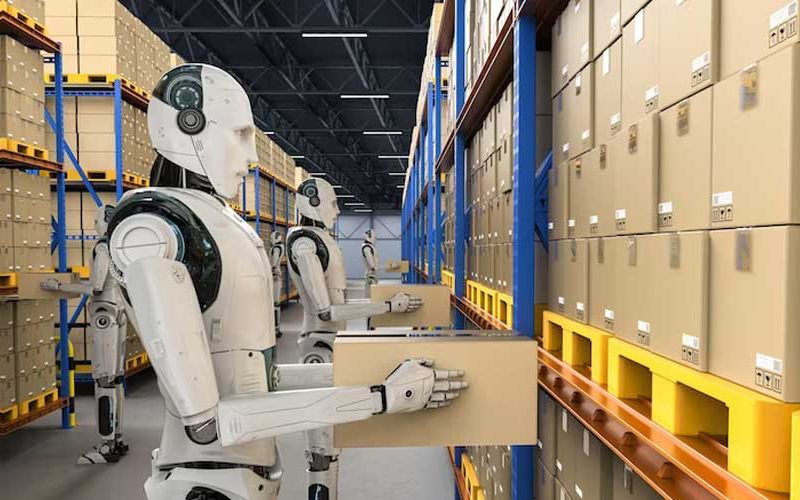Navigating the complex landscape of cybersecurity challenges in connected manufacturing systems
In the era of Industry 4.0, connected manufacturing systems have emerged as a technological marvel, optimizing production processes and driving operational efficiency.
However, integrating interconnected technologies also introduces cybersecurity challenges that demand careful consideration. This article delves into the intricate cybersecurity challenges in connected manufacturing systems, highlighting the potential risks posed by cyber threats and offering insights into effective strategies for mitigating these challenges.
The convergence of cutting-edge technology with traditional manufacturing processes has paved the way for connected manufacturing systems, revolutionizing industries worldwide. Yet, this transformation has not come without its share of cybersecurity challenges. This article explores the multifaceted cybersecurity challenges connected manufacturing systems face and provides a comprehensive overview of strategies to ensure a secure and resilient industrial ecosystem.
1. Complex Attack Surface:
The interconnected nature of manufacturing systems amplifies the attack surface, providing cybercriminals with multiple entry points to exploit vulnerabilities.
2. Insider Threats:
Malicious insiders, whether employees or third-party vendors, can compromise sensitive data, intellectual property, and operational processes.
3. Legacy System Vulnerabilities:
Integrating legacy systems with modern technologies may introduce security gaps, as outdated systems may lack the necessary defenses against advanced cyber threats.
4. Supply Chain Risks:
Dependence on external suppliers and partners exposes manufacturing systems to vulnerabilities from weak cybersecurity practices in the supply chain.
5. Lack of Awareness and Training:
Insufficient cybersecurity awareness among employees can lead to unintentional security breaches, underscoring the importance of ongoing training.
6. Data Privacy Concerns:
Collecting, sharing, and storing sensitive data within interconnected systems raise concerns about data privacy, compliance, and unauthorized access.
7. Industrial Espionage:
Connected manufacturing systems may be targeted for industrial espionage, where cybercriminals seek to steal proprietary designs, processes, or trade secrets.
Strategies for Mitigation:
To effectively address these challenges, connected manufacturing systems must implement a comprehensive cybersecurity strategy:
1. Risk Assessment:
Conduct regular risk assessments to identify vulnerabilities and prioritize mitigation efforts.
2. Network Segmentation:
Isolate critical systems from non-essential networks to limit the lateral movement of cyber threats.
3. Multi-factor Authentication:
Implement multi-factor authentication to enhance access controls and prevent unauthorized entry.
4. Encryption:
Encrypt data in transit and at rest to safeguard sensitive information from interception and theft.
5. Intrusion Detection Systems:
Deploy advanced intrusion detection systems to monitor network traffic and detect anomalies or unauthorized access.
6. Incident Response Plan:
Develop a robust incident response plan to effectively manage and contain cybersecurity breaches.
7. Employee Training:
Foster a culture of cybersecurity awareness through ongoing training and education for all personnel.







